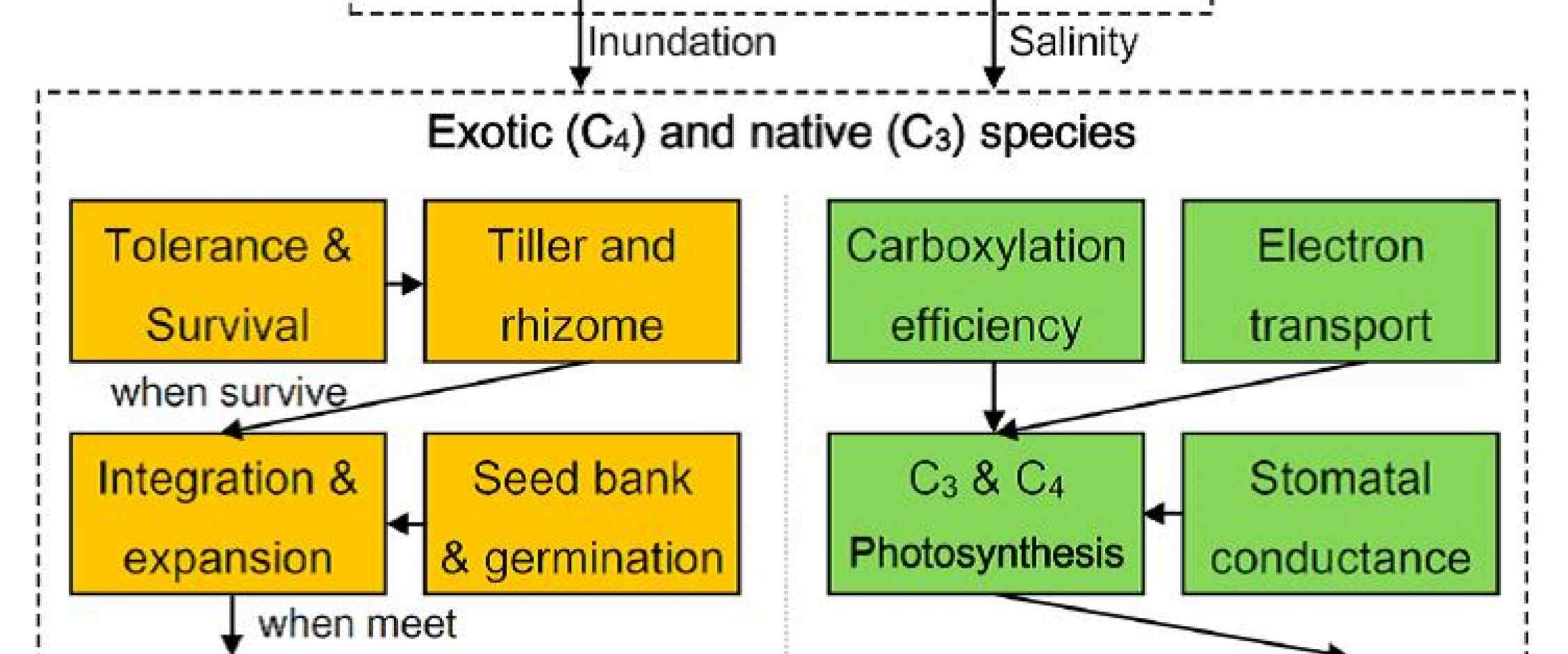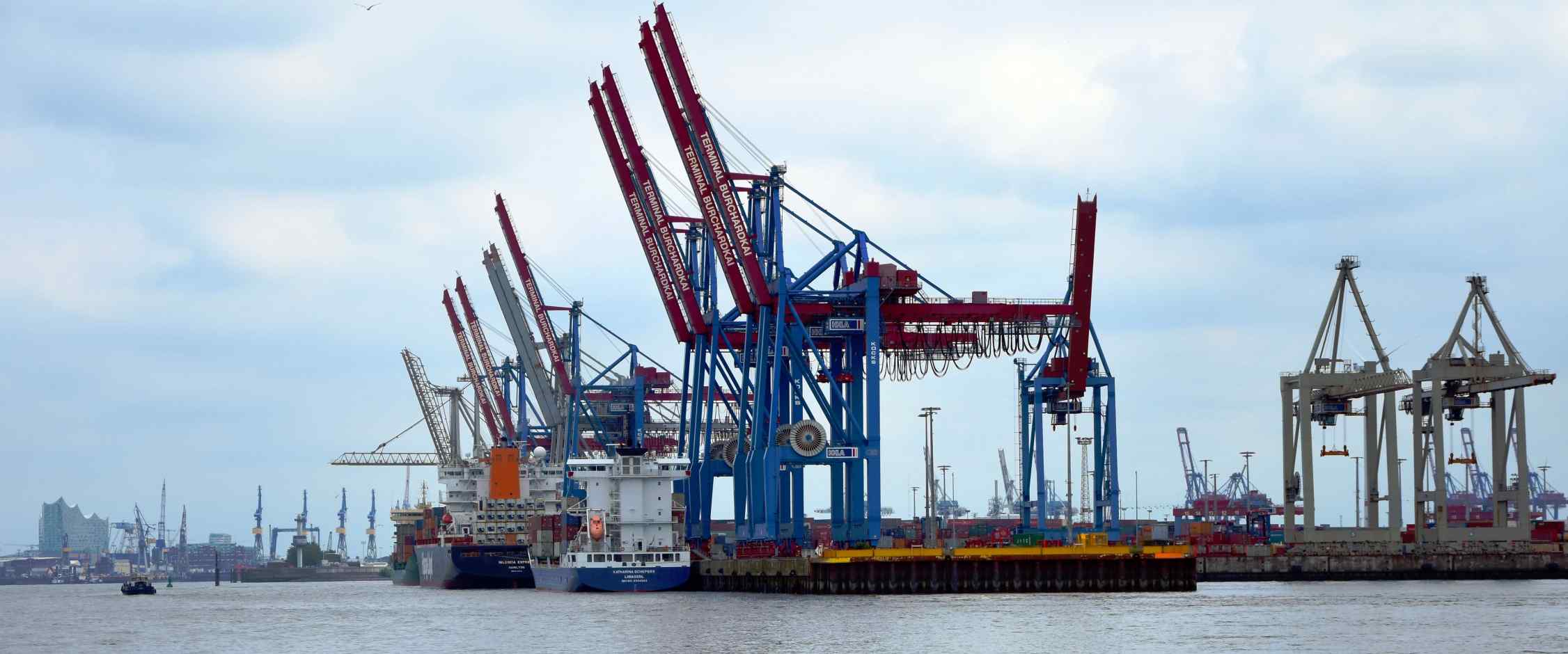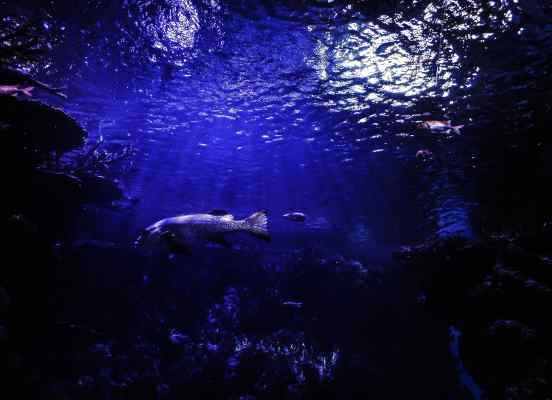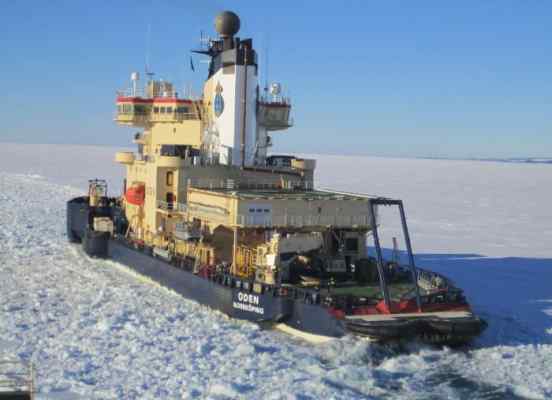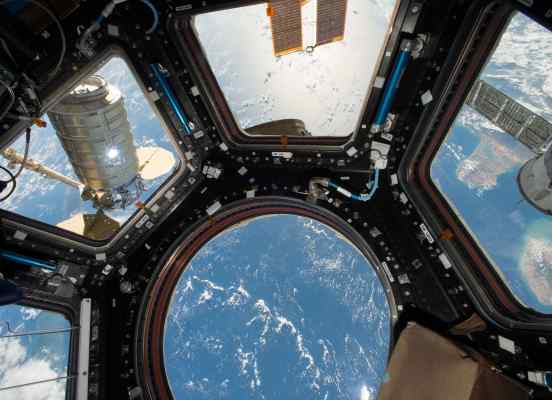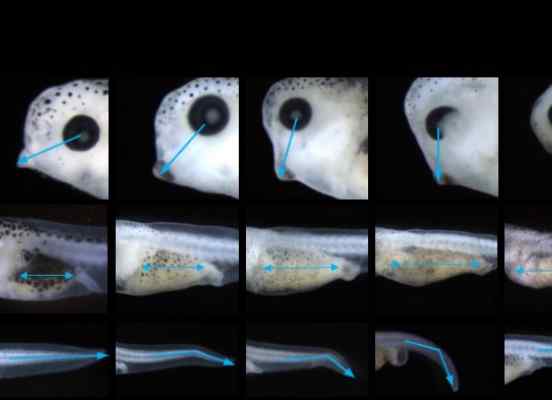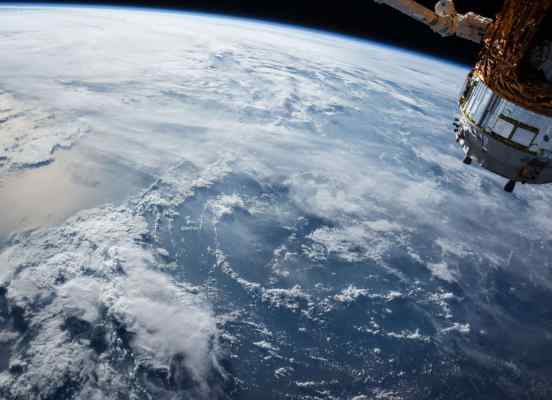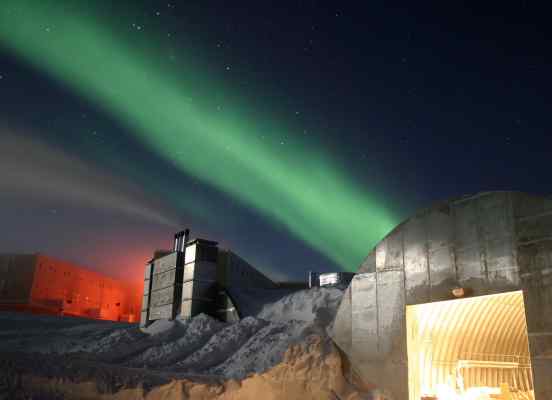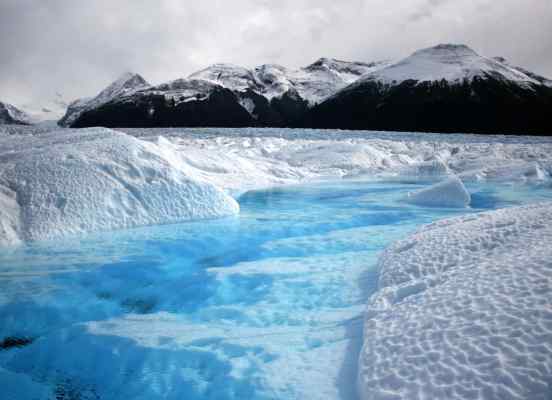Description
Past trends
The annual mean atmospheric CO2 concentration reached 397 ppm in 2014, which is 40% above the pre-industrial level (280 ppm); half of that increase has occurred in the last 30 years. Over the same time period ocean pH has been reduced from 8.2 to below 8.1, which corresponds to an increase of 26% in ocean acidity (defined here as the hydrogen ion concentration). This change has occurred at rates ranging between –0.0014 and –0.0024 per year, which is about a hundred times faster than any change in acidity experienced during the last 55 million years [i].
The measured reduction in surface pH in the surface mixed layer (depths to 100 metre) are consistent with that calculated on the basis of increasing atmospheric CO2 concentrations, assuming thermodynamic equilibrium between the surface ocean and the atmosphere [ii].
Figure 1 shows the decline in ocean surface pH from a station offshore of Hawaii, for which the longest time series is available [iii]. The changes observed at the other two ocean stations that are suitable to evaluate long-term trends (offshore of the Canary Islands and Bermuda) are very similar [iv].
Projections
Average surface-water pH is projected to decline further to between 8.05 and 7.75 by the year 2100, depending on future CO2 emissions (Figure 2). The largest projected decline represents more than a doubling in acidity [v].
Surface waters are projected to become seasonally corrosive to aragonite, which is a less stable form of calcium carbonate, in parts of the Arctic and in some coastal upwelling systems within a decade and in parts of the Southern Ocean within the next three decades in most scenarios. Aragonite undersaturation becomes widespread in these regions at atmospheric CO2 levels of 500–600 ppm [vi]. Surface waters of the Baltic Sea will also become corrosive well before the end of the century. These changes affect many marine organisms and could alter marine ecosystems and fisheries. In the Black Sea and Mediterranean Sea there is no danger of surface waters becoming corrosive to calcium carbonate before 2100, but they will suffer sharp reductions in carbonate ion concentrations (Med Sea -37 %; Black Sea -45 %). These rapid chemical changes are an added pressure on marine calcifiers and ecosystems of the European seas that are already heavily suffering from other anthropogenic influences.
Without dramatic actions to curb CO2 emissions, recovery from human-induced acidification will require thousands of years for the Earth system to re-establish roughly similar ocean chemical conditions [vii] and millions of years for coral reefs to return, based on palaeo-records of natural coral reef extinction events [viii].

[i] M. Rhein et al., “Observations: Ocean,” inClimate Change 2013: The Physical Science Basis. Contribution of Working Group I to the Fifth Assessment Report of the Intergovernmental Panel on Climate Change, ed. T. F. Stocker et al. (Cambridge, United Kingdom and New York, NY, USA: Cambridge University Press, 2013), Chapter 3, http://www.climatechange2013.org/images/report/WG1AR5_Chapter03_FINAL.pdf.
[ii] Robert H. Byrne et al., “Direct Observations of Basin-Wide Acidification of the North Pacific Ocean,”Geophysical Research Letters 37, no. 2 (2010): n/a – n/a, doi:10.1029/2009GL040999; Rhein et al., “Observations: Ocean.”
[iii] J.E. Dore et al., “Physical and Biogeochemical Modulation of Ocean Acidification in the Central North Pacific,”Proceedings of the National Academy of Sciences 106 (2009): 12235–40., doi:10.1073/pnas.0906044106; J.E. Dore, “Hawaii Ocean Time-Series Surface CO2 System Data Product, 1988-2008.” (SOEST, University of Hawaii, Honolulu, HI., 2012), http://hahana.soest.hawaii.edu/hot/products/products.html.
[iv] Rhein et al., “Observations: Ocean.”
[v] F. Joos et al., “Impact of Climate Change Mitigation on Ocean Acidification Projections,” inOcean Acidification (Chapter 14) (Oxford: Oxford University Press, 2011), 272–90, http://www.princeton.edu/aos/people/research_staff/frolicher/publications/joos_book11.pdf; L. Bopp et al., “Multiple Stressors of Ocean Ecosystems in the 21st Century: Projections with CMIP5 Models,”Biogeosciences Discussions 10, no. 2 (February 27, 2013): 3627–76, doi:10.5194/bgd-10-3627-2013; P. Ciais et al., “Carbon and Other Biogeochemical Cycles,” inClimate Change 2013: The Physical Science Basis. Contribution of Working Group I to the Fifth Assessment Report of the Intergovernmental Panel on Climate Change, ed. T. F. Stocker et al. (Cambridge, United Kingdom and New York, NY, USA: Cambridge University Press, 2013), Chapter 6, http://www.climatechange2013.org/images/report/WG1AR5_Chapter06_FINAL.pdf; IGBP, IOC, SCOR,Ocean Acidification Summary for Policymakers - Third Symposium on the Ocean in a High-CO2 World (Stockholm: International Geosphere-Biosphere Programme, 2013), http://www.igbp.net/download/18.30566fc6142425d6c91140a/1384420272253/OA_spm2-FULL-lorez.pdf.
[vi] B. I. McNeil and R. J. Matear, “Southern Ocean Acidification: A Tipping Point at 450-Ppm Atmospheric CO2,”Proceedings of the National Academy of Sciences 105, no. 48 (November 20, 2008): 18860–64, doi:10.1073/pnas.0806318105; M. Steinacher et al., “Imminent Ocean Acidification in the Arctic Projected with the NCAR Global Coupled Carbon Cycle-Climate Model,”Biogeosciences 6, no. 4 (April 6, 2009): 515–33, doi:10.5194/bg-6-515-2009; Ciais et al., “Carbon and Other Biogeochemical Cycles.”
[vii] David Archer, “Fate of Fossil Fuel CO₂ in Geologic Time,”Journal of Geophysical Research 110, no. C9 (2005), doi:10.1029/2004JC002625; Toby Tyrrell, John G. Shepherd, and Stephanie Castle, “The Long-Term Legacy of Fossil Fuels,”Tellus B 59, no. 4 (September 2007): 664–72, doi:10.1111/j.1600-0889.2007.00290.x; David Archer and Victor Brovkin, “The Millennial Atmospheric Lifetime of Anthropogenic CO₂,”Climatic Change 90 (June 4, 2008): 283–97, doi:10.1007/s10584-008-9413-1.
[viii] Orr et al., “Anthropogenic Ocean Acidification over the Twenty-First Century and Its Impact on Calcifying Organisms”; J. E. N Veron,A Reef in Time : The Great Barrier Reef from Beginning to End (Cambridge, Mass.: Belknap Press of Harvard University Press, 2008).
